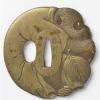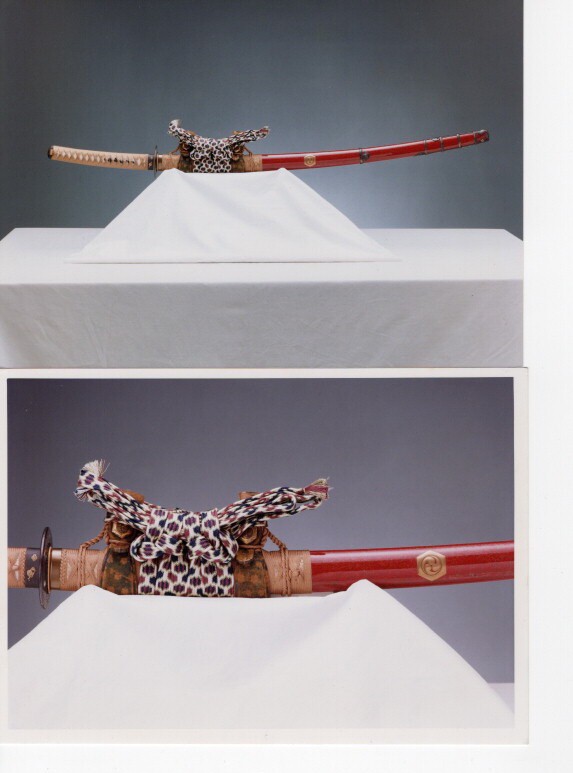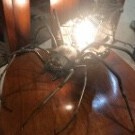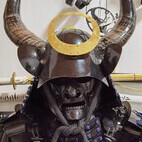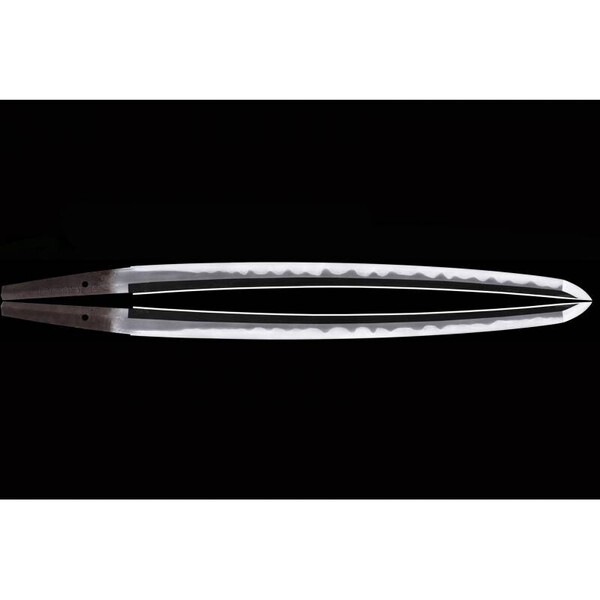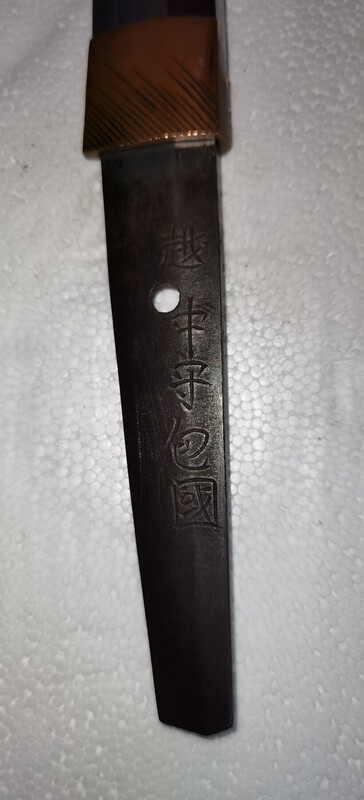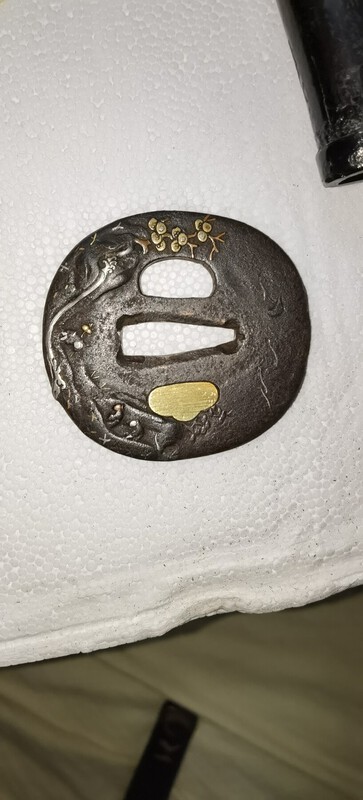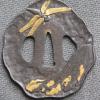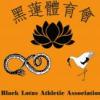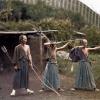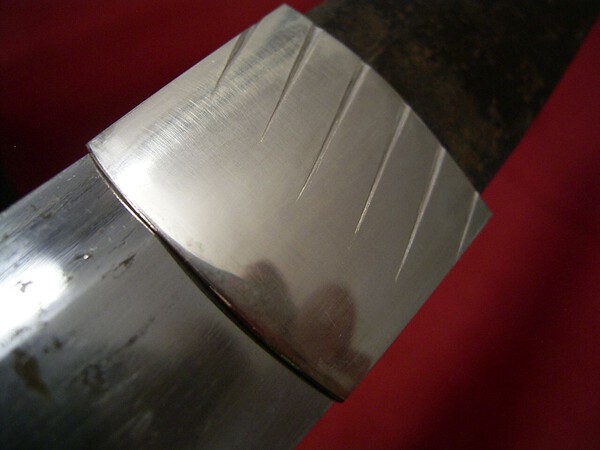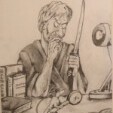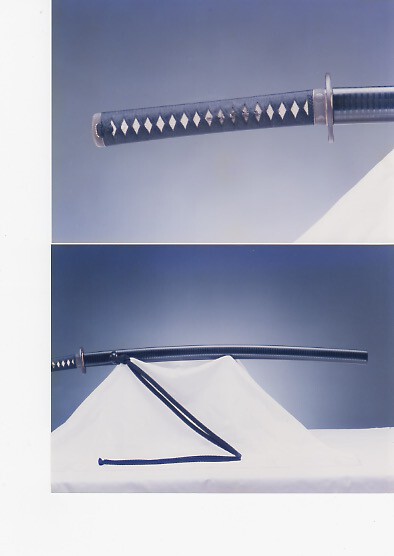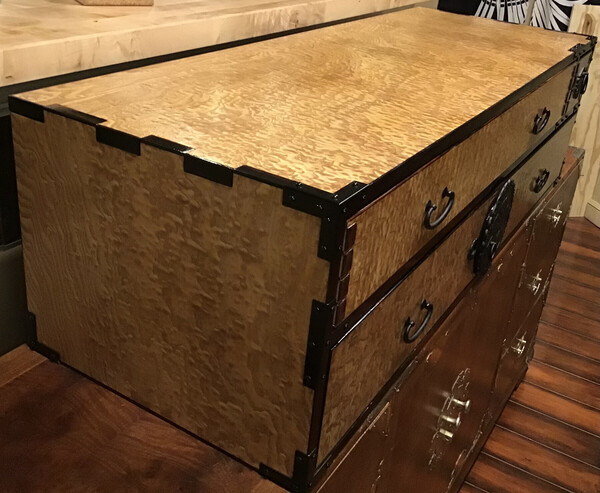Leaderboard
Popular Content
Showing content with the highest reputation on 06/27/2021 in all areas
-
Greetings sword mavens, I just got back one my client's custom koshirae and thought I would share it with you. The client provided all the fittings and the koshirae was then created from scratch... The lacquer style for the saya is called fuemaki and consists of black rings. It is a nice visual alternative to the standard and conventional black gloss finish commonly seen. I have photographs of over thirty custom koshirae that I have coordinated for a variety of clients. I am putting together a catalog to entice interest. If you would like to see more....let me know! 1) wood foundation/tsuka and saya 2) antiqued ray skin 3) standard silk wrap 4) saya fuemaki lacquer work 5) tsunagi wooden dummy blade The price for this particular koshirae came to yen 222,000.... Best, Robert Hughes6 points
-
Sometimes a blade will receive kanteisho in old polish and restoration will expose a previously unseen hagire. A friend has an excellent blade which was expected to be a juyo candidate after restoration. After a mukansa-level polish, a hagire was visible in this previously papered blade. It is a Shinto blade, not so old that the NBTHK would have made an allowance for the flaw. The shinsa team simply missed seeing this issue.4 points
-
3 points
-
3 points
-
Keep up the compliments and I will keep up the flow of custom koshirae images... This next one is Higo style with a partial inryo kesami style saya done in red ishime finish... The tsuka has black and red lacquered ray skin and is wrapped in green suede leather..... All the fittings were antique pieces..... Best, Robert3 points
-
This is the awarding of the "Order of the Sacred Treasure, Silver Rays" to Satō Yūtarō (could also be read as Tomotarō), who was a customs officer. The guys that Matt mentions (on the left of the document) are the authorizing parties and their ranks and titles. https://en.wikipedia.org/wiki/Orders,_decorations,_and_medals_of_Japan3 points
-
2 points
-
I love the hamon This is a very typical hamon of Sukesada that has a great temper line. A very nice piece for a new comer to the hobby or current Sukesada enthusiast. Thanks for the share. Wish I seen this post sooner for I would have bought it myself. What can I say ..... I'm a sucker for a jagged choji hamon. Cheers brothers2 points
-
Just in case anyone is interested, here an itomaki tachigoshirae I did for a client about twenty years ago.... The ito was kincha jabaramaki... The lacquer was red with gold tsuishu...although it is hard to see the gold veins throughout the lacquer...in hand it was stunning especially the way the one well-placed high relief gold lacquer mitsudomoe mon.... sets it off....... This package was about yen 450,000 at that time...... Best, Robert2 points
-
Fortunately for all of us, we have this place to take our questions to. And fortunately for research, guys bring these blades to the forums. It is the primary source for my surveys. Guys like Richard Fuller, who had hundreds of blades to inspect in-hand, are really rare today. It is only because a guy has a question, or the occasional one that just wants to share his new acquisition with the group, that these items are available for searches. Who knows how many hundreds of blades are sitting in homes, with valuable information, that we will never see because the owner simply isn't curious or has no questions that need to be answered!2 points
-
You do have the profession correctly - and yes Masahide would have made the stamps himself - why so many? Maybe his wife moved his s**t when she cleaned up? IDK :-) -t2 points
-
I still have yet to have it looked at. I am sure whom ever had the blade before me there was a reason they stopped after only polishing one side and did not pursue any more restoration. I’m sure this avenue was pursued many times throughout the years. Only if by a small chance it’s a late Heian Tomonari or something along those lines would I pursue an expensive restoration venture such as umegane/polish if it’s even possible. I got this blade for close to nothing so for me might be worth it after an expert looks at it in hand. I do believe the age of the blade to be late Heian to early Kamakura for what it’s worth. It’s amazing to me that these blades as old as they are still exist and didn’t completely decompose back into the earth that they were forged from.2 points
-
Sweet little objects and a memento for you, but they do not cut the mustard as Netsuke, unfortunately. Over on the International Netsuke Society pages these would be described as NLO or Netsuke-like objects, made (not only in Japan) for the foreign trade, from Meiji onwards, in huge and growing numbers. Even though a couple of those may look like ivory, Charles, the world has changed and that alone is no longer a positive, but a real minus today in the USA. The top one for example is almost certainly ivory, but it breaks all the rules for Netsuke and is more like an Okimono, as Barry says above. PS To add insult to injury (apologies) the signatures on these were usually added for decorative effect.2 points
-
2 points
-
2 points
-
Hello there, i joined this forum a couple off days ago because i needed help with a sword i got. I have been infected with the nihonto collecting fever a few months ago when i made my first purchase which i want to show off and hear opinions about it now. This wakizashi came with a hozon paper and a full oshigata. i think it was a bit more expensive than it had to be but i got a big discount on the next nihonto i bought from that seller so its alright i guess. it is attributed to "Ecchu Kami Kanekuni (2nd Generation)" of the "Yamato Tengai Kanenaga den" and dated to the Enkyō era (1744-1748). the tsuba does have a signature too but i havent deciphered it yet. if anybody can read it, the info would be greatly appreciated.2 points
-
1 point
-
Hello, 20500-2.jpg (1800×7718) (aoijapan.com) Does I al the only the one to see 2 hagire on this blade, not indicated on the description and with a recent NBTHK Hozen (aoiart said the "paper will be issued later") ?!? A modern blade with a hagire and a recent NBKTH paper. Does I missed something ?1 point
-
LOTS of fakes on fleaby right now. But a repeat offender is Consignments-with-us. I've send him a message on 2 of his sales. We'll see how he replies. https://www.ebay.com/itm/333980029498?hash=item4dc2c2d23a:g:nRwAAOSwKBBgih5l and https://www.ebay.com/itm/233987298807?hash=item367abad5f7:g:qmIAAOSwzf9giiEx1 point
-
1 point
-
Just keep it clean and it is a tsunagi for the kodzuka to slot into the koshirae. It would have to be special to warrant polishing. John1 point
-
Most of my kogatana are in poor polish - they were bought in that condition. I have one that I bought in shirasaya, with a sayagaki by the smith. It is in full polish and ill stay that way in its shirsaya. I do have two others that have an amateur polish.1 point
-
Funny how Ray stated something so obviously simple that we all seemed to have forgotten is a likely possibility! Thanks Ray!1 point
-
I agree with this. It all depends on what you have and who is buying. It also depends on where you're selling. I've watched retail prices rise over the last few years where today I can't find a decent katana for under several thousand$. Katanas that were selling for 3k to 5k are now selling for almost double that. I really don't get it because they haven't moved as far as being sold goes. So what dictates the retail nihonto pricing? It seems to be dealers just placing random high prices and hoping for the best because I've seen some swords selling for way less than they should while others are priced way higher than they should... I can't figure it out. For instance there's an Ebay seller who sells mostly junk but asks 5x what anything is worth but then I'll find something that should be listed for a high price but isn't. It's like someone came to work one day and started randomly raising prices.1 point
-
1 point
-
Since you appear to be quite proud of the price you paid, it must have been a bargain. 50 AUD?1 point
-
Hi Dale, a fair example of ko-kinkō, I think. If you got it for a bargain price, you can put the saved money in a submission to shinsa...1 point
-
1 point
-
Glad to be of help Bruce but in truth it was purely accidental. My kanji reading is rubbish at best and when it gets to later script as on that sword I rapidly throw in the towel. Hope the info is of use.1 point
-
1 point
-
Yes, it looks as though whoever de-rusted the one side made the (hard, practical, financial, aesthetic?) decision to stop right there. Intriguing. Beautiful hamon.1 point
-
Classical Chinese theme. Copper tsuka with gold, silver, suaka and shakudo. Two Chinese sages standing below a rocky outcrop with pines above. Not sure which story this alludes to. (Kanzan and Jittoku?) The photo is slightly out of focus so hard to see detail.1 point
-
1 point
-
Thanks for the replies. I didn’t hold out any hopes that I was in possession of valuable antiques, and am well aware of the difficulty of selling anything made of ivory in this day and age. I am certain that the rat and and turtle are also made of ivory. The Schreger Lines are quite visible when you have them in hand. While ivory can be sold in Canada, it can’t be sent anywhere else. It is also evident that they were not ever really on a cord on someone’s obj as the edges of the holes are quite crisp. They look nice on a shelf, and I guess that’s where they were meant to go all along. Cheers!1 point
-
1 point
-
1 point
-
OK, now it gets interesting. I don't think its a worn-out shinto. That would have been a massive sword when it first came out of the forge.1 point
-
1 point
-
1 point
-
A Wakase company logo and two patent stamps make an appearance on this dress sword. The patent was issued in December 1942. 特許 154432 = Patent 154432. Police Sword?1 point
-
Hello John, . From a fellow Canadian in Hong Kong! I was following that too on Czernys Auction, I see u got it for the opening bid- aren't you glad I didn't bid for it?! I really liked your piece but decided to save my bullets for the next lot , a tsuba by RYUKUDO MITSUOKI. I shouldnt have bothered- 1000 Eu ended up at 3800 Eu + fees.1 point
-
To me this "tsuba" has many signs of possible modern casting (perhaps non-Japanese) - looking at the ground, lack of detail, shape of the dragon and tsuba in general. It's not military, of course, but I don't think that it is any older than WWII either (and perhaps much newer).1 point
-
Hello Bruce, No, you aren't missing anything. The "hide" in the first photo is spelled phonetically using two kanji (hi + de) 日出 (hide) . Incidentally, these two kanji could be translated as "rising sun". Later on he switched to the single kanji (秀) which has the same pronunciation, but means "excellence".1 point
-
The mon may be three oak leaves (kashi0 used by the Makino, Horimoto and Kasai families, and others. To check if it is solid silver you could weigh it while suspended by a fine wire (fishing line) the submerge it in water and reweigh. The density is the original weight/reduction in weight in water. Silver is 10.5, copper 8.4 and brass 9.0. I've done this with a brass tsuba and kitchen scales. The top photo seems to have a fine inscription of the right side by the mimi (rim) and Inome (boar's eye) indentation.. Can you read it. best regards, John1 point
-
Kaz, You're hitting the weekend, so response get slower until Monday traffic kicks in, but I'd still post this on the Translation Assistance thread. Those guys can sometimes work miracles.1 point
-
1 point
-
Dear All, As restrictions on movement start to be lifted I am hoping to start to have the chance to study some more swords. In the meantime the pool is becoming somewhat limited so this may be the last kantei I can post for a little while. It is also possible that the blade here is familiar to some of you. Normally when doing kantei the blade should be ubu or at least have the mei intact and have been authenticated. It should also be a piece that exhibits the traits of a given school or smith. This is not always possible. In this case we are looking at a naginata-naoshi which has been substantially modified from it's original form and is mumei. Therefore to reach a conclusion one needs to focus on such dimensions as are original (nagasa and thickness) and more particularly on the hada and hamon. Description: The blade is a Naginata Naoshi wakizashi. Nagasa: The blade is 17.6 inches. The Kasane is 8mm. the blade is Mitsu-mune. There are classic Naginata hi which are well cut and in excellent condition. The shape is a classic Naginata sugata . Hada: The blade is a combination of itame and Nagare hada covered in thick and bright Ji-nie with chickei mixed in. As the hada approaches the hamon it tends more towards masame. Hamon: The Hamon is Suguha with deep Nioi and thick, bright nie. There is Nijuba and Sunagashi. There is clear mune-yaki. Boshi: Yakitsume with considerable hakikake. Nakago: O-suriage Mumei. Beautiful colour and well maintained.1 point
-
Thank you for posting, Adam. I am a total newbie; when I listed a post asking for advice in my area, the good folks here shared this link with me. That is really incredible; the purchases you made. Way too cool. Really like your artwork in your place too. I collect all sorts of things and sending a note, in good faith, should you wish to talk some time or may have items to sell. I am a buyer. Just really enjoy learning and history and all aspects of this hobby. I am still learning, but think you hit a home run--great job!1 point
-
Hamish, it's in the title of the ad: "Japanese Samurai Katana"1 point
-
But it is hard to swing a katana length gunto from one plane and hope to hit the other plane :-) Rich (Sorry,but I couldn't resist it)1 point


